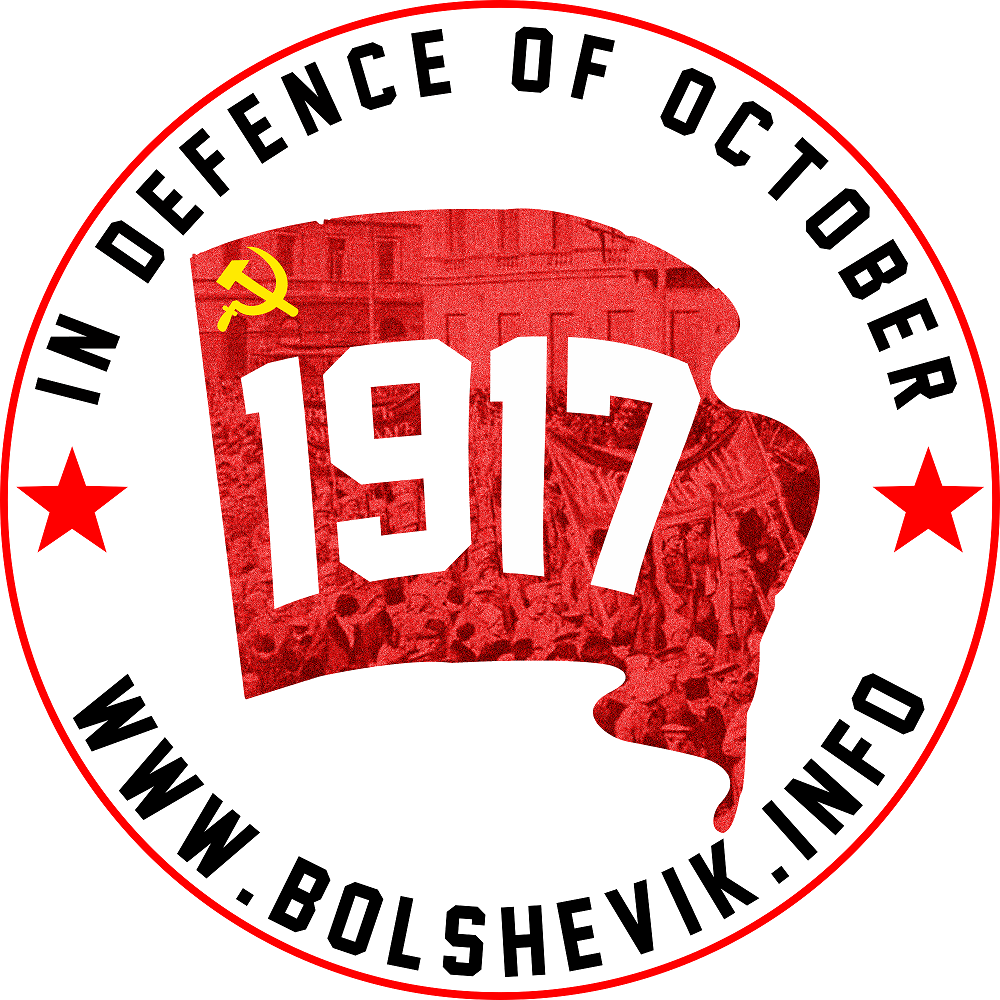Written May 19 (6), 1917.
Yesterday, May 5, two of the big dailies—Dyelo Naroda and Rech—carried an announcement on their front pages, later reprinted in the Guchkov-Suvorin evening paper Vecherneye Vremya, which deserves serious attention.
The public is informed that “in accordance with an agreement between the Soviet of Workers’ and Soldiers’ Deputies and the Union of Engineers, as authorised by the Provisional Government”, there has been organised in Petrograd a “Central Committee for restoring and maintaining normal work in the industrial enterprises”.
“The main task of the Central Committee,” the announcement reads, “is to work out and co-ordinate all measures aimed at restoring and maintaining normal work in the industrial enterprises and to organise regular and active public control over all industrial enterprises.”
The words “public control” were italicised in the announcement.
They remind one of the Senate and other bureaucratic committees of the good old tsarist days. No sooner had some knave of a tsar’s minister, governor, marshal of the nobility, etc., been caught red-handed at some thievery, no sooner had some institution directly or indirectly connected with the tsar’s government conspicuously disgraced itself through out Russia or throughout Europe, than a high commission of “personages” notable and super-notable, high-ranking and super-ranking, rich and super-rich was appointed to “appease public opinion”.
And these personages usually managed to “appease” public opinion with conspicuous success. The more high-sounding the phrases about our wise tsar salving “the popular conscience” the more effectively did these men kill the idea of any “public control”.
So it was, so it will be, one feels like saying as one reads the pompously worded announcement about the new Central Committee.
The capitalists have decided to steal a march on the workers. There is a growing consciousness among the workers that a proletarian control over factories and syndicates is necessary. The master minds of the business world from among ministerial and near-ministerial circles have had a “brain wave”—to forestall events and take the Soviet in tow. This should not be difficult, they thought, so long as the Narodniks and Mensheviks are still in control there. We’ll fix up “public control”, they said to themselves. It will look so Important, so statesmanlike, so ministerial, so solid. And it will kill all possible real control, all proletarian control so effectively, so quietly. A brilliant idea! The “popular conscience” will be completely “salved”.
How is this new Central Committee to be composed?
Why, on democratic lines, of course. Are we not all “revolutionary democrats”? If anyone thinks that democracy requires 20 representatives from 200,000 workers and one representative from 10,000 engineers, capitalists, etc., that would be an “anarchist” delusion. No, true democracy consists in imitating the way in which “revolutionary democracy” has composed its “new” government, where the workers and peasants are “represented” by six Mensheviks and Narodniks while eight Cadets and Octobrists represent the landowners and the capitalists. Do not the latest statistical surveys now being completed by the new Ministry of Labour by arrangement with the old Ministry of Industry prove that the majority of Russia’s population belongs to the class of land owners and capitalists?
Here, if you please, is a complete list of “representatives” of the organisations that have been included in the new Central Committee by agreement between “revolutionary democracy” and the government.
The Central Committee is composed of representatives from the following organisations:
(1) The Executive Committee of the Soviet of Workers’ and Soldiers’ Deputies; (2) The Provisional Committee of the Duma; (3) The All-Russia Union of Zemstvos; (4) The All-Russia Union of Cities; (5) The Petrograd Municipal Administration; (6) The Union of Engineers; (7) The Soviet of Officers’ Deputies; (8) The Council of Congresses of Representatives of Industry and Commerce; (9) The Petrograd Society of Factory Owners; (10) The Central War Industries Committee; (11) The Central Committee of Zemstvo and City Unions for Army Supply; (12) The Committee of Technical War Aid; (13) The Free-Economic Society.
And that’s all?
Yes, that’s all.
Is that not sufficient for salving the popular conscience?
Yes, but what if some big bank or syndicate of capitalists is represented five or ten times through its share holders in these ten or twelve institutions?
Oh, why quibble about “details”, when the main thing is to secure “a regular and active public control”!
Source: Marxist Internet Archive.
